I'm trying to re-implement a C++ code in Go. Specifically, I'm focused on meshToVolume tool of OpenVDB library.
As shown by a manually-prepared code flow screenshot, even a rough call stack map is pretty perplexing.
I'm looking for a tool to help me keep track of call stack and the code flow. So far:
- I've looked at this post and tried out BOUML, but it didn't help
- Also, OpenVDB has a Doxygen, but I couldn't get much help regarding keeping track of code flow and call stack
Can anybody suggest a helpful tool/method?




